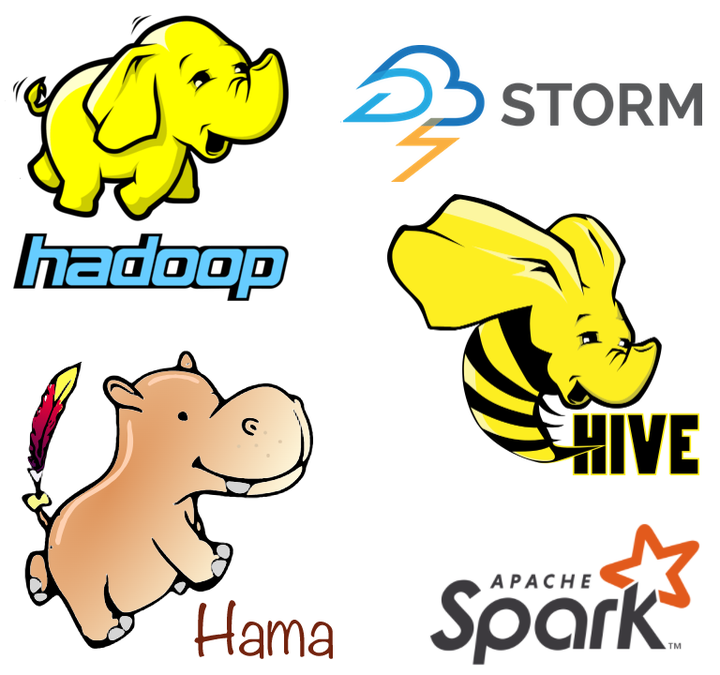Programming Big Data Analysis: Principles and Solutions

Abstract
In the age of the Internet of Things and social media platforms, huge amounts of digital data are generated by and collected from many sources, including sensors, mobile devices, wearable trackers and security cameras. This data, commonly referred to as Big Data, is challenging current storage, processing, and analysis capabilities. New models, languages, systems and algorithms continue to be developed to effectively collect, store, analyze and learn from Big Data. Most of the recent surveys provide a global analysis of the tools that are used in the main phases of Big Data management (generation, acquisition, storage, querying and visualization of data). Differently, this work analyzes and reviews parallel and distributed paradigms, languages and systems used today to analyze and learn from Big Data on scalable computers. In particular, we provide an in-depth analysis of the properties of the main parallel programming paradigms (MapReduce, workflow, BSP, message passing, and SQL-like) and, through programming examples, we describe the most used systems for Big Data analysis (e.g., Hadoop, Spark, and Storm). Furthermore, we discuss and compare the different systems by highlighting the main features of each of them, their diffusion (community of developers and users) and the main advantages and disadvantages of using them to implement Big Data analysis applications. The final goal of this work is to help designers and developers in identifying and selecting the best/appropriate programming solution based on their skills, hardware availability, application domains and purposes, and also considering the support provided by the developer community.